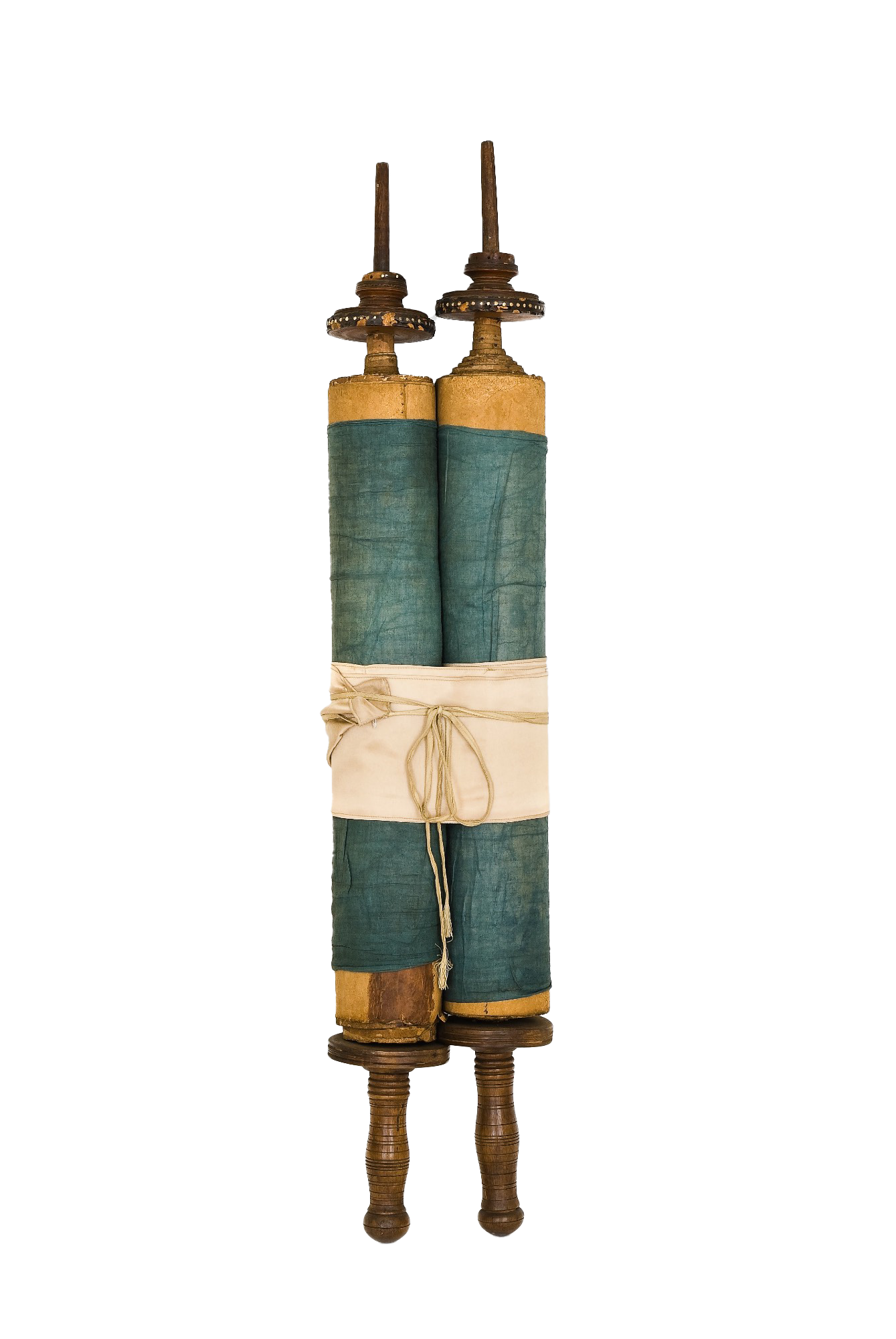
Pas tkaniny, którym owinięty jest zwój Tory, gdy nie jest on czytany.

Owijki na Torę mogą być nazywane „map(p)a” lub „mitpachat”. W niektórych społecznościach, np. sefardyjskich i Romaniot, obrzędowe tkaniny na Torę były często określane ogólnym terminem „map(p)a”, co czasami utrudnia określenie, o jakim przedmiocie jest mowa: o powijaku, owijce czy sukience.
.
Melasecchi, Olga, Amedeo Spagnoletto, and Doretta Davanzo Poli, eds., Antique Roman Mappòt: The Precious Textile Archive of the Jewish Museum of Rome. Rome: Campisano Editore and Museo Ebraico di Roma, 2017.
Yaniv, Bracha. “From Spain to the Balkans: The History of Textile Torah Scroll Accessories in the Sephardi Communities of the Balkans,” Sefarad, 66/2, July-December 2006, pp.405-442.
Yaniv, Bracha. “The Mappa (Wrapper) and the Torah Mantle in Ashkenaz in the Middle Ages,” in G. Bacon, D. Sperber and A. Gaimani, eds., Studies on the History of the Jews of Ashkenaz: Presented to Eric Zimmer (Ramat Gan, 2008), 107-134. Hebrew.
Yaniv, Bracha. “The Torah Wrapper and the Torah Binder.” Ceremonial Synagogue Textiles: From Ashkenazi, Sephardi, and Italian Communities, Liverpool: Liverpool University Press, 2019, pp. 85-126.
Wybierz język